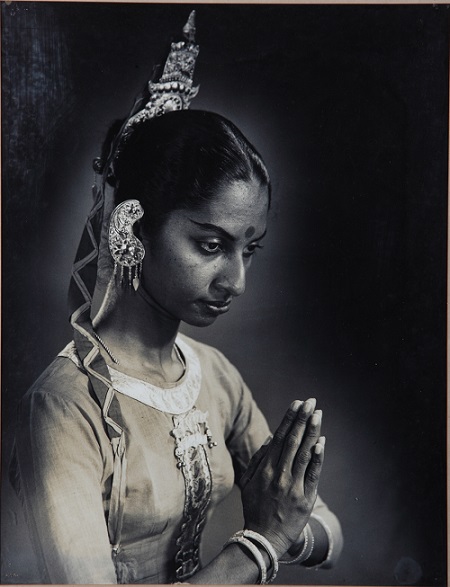Vajira - the prima ballerina of Kandyan dancing celebrates her 87th birthday on March 15. Frequently known as the wife of pioneer Kandyan dancing - Chitrasena, Vajira carved out a unique role for herself. To mark this occasion, the Chitrasena Kalayathanaya reflects on the importance of her contribution to the dance form and Sri Lankan culture.
Chitrasena’s most valuable contribution to traditional dance may in fact be his wife Vajira, Sri Lanka’s first Prima Ballerina. With Vajira’s talent and assistance he created a path for female dancers to play an important role in what was initially an art form exclusively for males.
Vajira developed the feminine, or Lasya form, within the confines of a dance that demands zest and vigorous technique. The creation of a vocabulary for a feminine form took many years of study and trials. The result of this softer form is exemplified by Vajira’s stage adaptation of the Gajaga Vannama, in which a masculine dance is performed with incomparable female grace.
Vajira’s first exposure to a Colombo audience was in 1948 as a member of the massive cast that enacted the “Pageant of Lanka” – a huge production to mark the granting of Independence to Ceylon. During the production of Chandali in 1952, Chitrasena recognized greater potential in Vajira, and gave her the space to create her own character.
From then on Vajira continued to grow artistically, both as performer and choreographer. As prima ballerina of the Chitrasena Dance Company, Vajira danced in almost every country of the world - Canada, Japan, Britain, India, Australia and many countries in Europe included. In the USSR, home of the Russian ballet, she drew rave reviews.
Her dancing skills have been witnessed and acclaimed by Presidents, Prime Ministers, religious
dignitaries, ambassadors, celebrities, royalty, dance critics and the general public.

As a choreographer, since her first venture into dance composition in the 15 minute “ballet” Kumudini (1952), she went on to create 17 more “ballets”, including the much acclaimed Chandalika, Gini Hora and Bera Handa and also masterful children’s ballets like Hapana and Ran Kikili.
Her last creation “Bera Handa” was composed to showcase the talents of ten young male dancers, who were selected by her for special training under a scheme called “Preserve the Dance Project 2000”. She was personally responsible for collecting funds for their up-keep and training for a period of 2 ½ years.
As part of enhancing the caliber of students produced by the Chitrasena Kalayathanaya, she created a series of exercises and rhythmic movements to train the formative stages of a dancer’s body which is framed within the traditional values of dancing. This we feel is the single most important contribution to the technique of Kandyan dancing.

Vajira has also been responsible for producing the next generation of professional dancers in Sri Lanka. She has nurtured a family immersed in every aspect of national dance, ensuring that the second and third generations continue the tradition.
She is the proud co-creator of the First Family of Sri Lankan Dance. In addition, many students from the
Chitrasena Kalayathanaya have established schools and dance companies of their own, and have broadened the impact of Gurus Chitrasena and Vajira.
-- CDC Archives --
Leave Comments